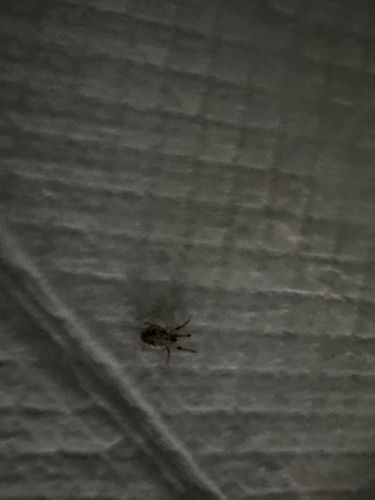Spider beetle
Scientific Name: Ptinidae (various species)
Order & Family: Coleoptera, Ptinidae
Size: 1.5 - 5 mm (0.06 - 0.2 inches)

Natural Habitat
Warehouses, pantries, museums, homes, and other places where dried food products, animal products, or plant materials are stored. They prefer dark, undisturbed areas.
Diet & Feeding
Omnivorous scavengers. They feed on a wide variety of dried organic matter, including dried fruits, grains, spices, stored food products, feathers, hair, wool, museum specimens, and even pharmaceutical products.
Behavior Patterns
Nocturnal; they are typically active at night and hide in cracks and crevices during the day. They have a slow, deliberate walk and can play dead when disturbed. Their larvae are also highly destructive to stored products. Females lay eggs in suitable food sources, and larvae chew tunnels as they feed.
Risks & Benefits
Risks: Considered a stored product pest, causing significant damage and contamination to stored food items, museum collections, and other organic materials. They can infest pantries and warehouses, leading to economic losses. They do not bite or transmit diseases to humans. Benefits: None notable from a human perspective, as they are primarily pests.
Identified on: 9/15/2025